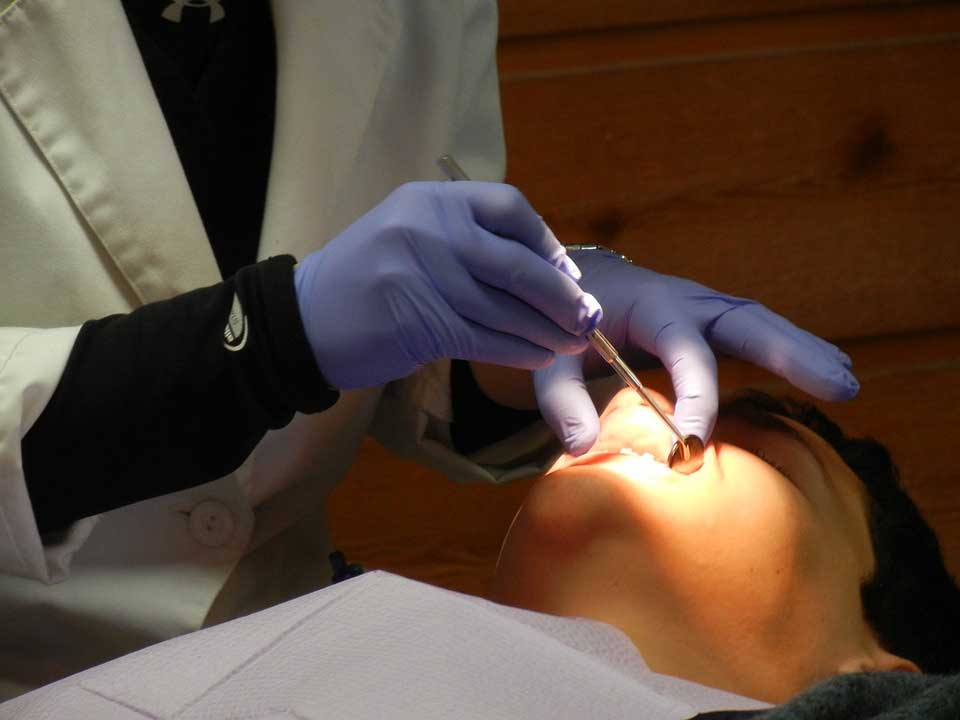Veneers vs Crowns: Which is Better for Your Teeth?
When it comes to improving the appearance and functionality of your teeth, two common cosmetic dentistry options arise: veneers and crowns. Deciding between them can be challenging, as both have unique benefits tailored to specific dental needs. Whether you’re looking to fix discoloration, repair a chipped tooth, or restore function, understanding the differences between veneers and crowns is essential. This guide will help you navigate these options and determine which is the best solution for your dental needs.
Understanding Veneers
Veneers are thin, custom-made shells designed to cover the front surface of teeth, enhancing their appearance. Typically made from porcelain or composite resin, veneers are bonded to the teeth to change their color, shape, size, or length. The popularity of veneers has soared, largely due to their aesthetic versatility and minimally invasive application.
The process of getting veneers requires only a small portion of the enamel to be removed from the tooth’s front surface to ensure a snug fit. For those in Lutz seeking a cosmetic enhancement, porcelain veneers in Lutz offer a durable and natural-looking option that closely mimics the appearance of real teeth.
Aesthetic Transformations
Individuals turn to veneers primarily for aesthetic reasons. They can effectively transform teeth that are discolored, worn down, chipped, or misaligned. A well-crafted set of veneers can deliver a radiant smile with relatively little hassle compared to other dental procedures. The color of the veneers is chosen to blend seamlessly with your existing teeth, ensuring a harmonious smile.
Moreover, veneers can close small gaps between teeth and make minor alignment corrections. While they are not a substitute for orthodontic treatments, they can act as a quick cosmetic fix for mildly misaligned teeth.
Exploring Crowns
Crowns, also known as caps, are restorative covers that encase the entire tooth. They are commonly used when a tooth is severely decayed, worn out, cracked, or has undergone root canal treatment. Unlike veneers, crowns provide complete coverage and protection, which can be essential for maintaining oral health.
The application process for crowns involves reshaping the tooth to fit the crown snugly. This often requires more enamel removal compared to veneers. Crowns can be made from a variety of materials, including metal, porcelain-fused-to-metal, resin, or ceramic. The choice of material typically depends on the tooth’s position, the patient’s preference, and aesthetic goals.
Restore Functionality and Strength
Crowns are essential for restoring not just the appearance but also the functionality of damaged teeth. They are particularly beneficial for teeth that have undergone extensive damage. Crowns aid in strengthening the tooth and preventing further deterioration. For instance, crowns are a typical go-to solution when addressing Wesly Chapel dental bonding needs for significant structural repairs.
By covering the entire tooth, crowns help maintain the bite’s integrity and distribute chewing forces more evenly, thus reducing stress and potential damage to adjacent teeth. This makes crowns a favored treatment option in restorative dentistry.
Key Differences Between Veneers and Crowns
The primary distinction between veneers and crowns is the extent of tooth coverage. While veneers only conceal the front surface of a tooth, crowns encase the entire tooth structure. This fundamental difference influences their application scope and suitability for various dental issues.
Another critical difference lies in their durability and functionality. While veneers are largely cosmetic and are less involved in enhancing tooth function, crowns reinforce and enhance the overall strength of teeth. Thus, for patients requiring structural repair, crowns are often more appropriate whereas veneers serve to simply enhance the look of the teeth.
Material Choices and Lifespan
Both veneers and crowns come in several materials, each offering unique benefits. Porcelain is a popular choice for both due to its natural tooth-like appearance and stain-resistant properties. However, while porcelain veneers may need less maintenance, crowns may require less frequent replacement, especially when made from a sturdy metal alloy.
The lifespan of these dental restorations greatly depends on factors such as oral hygiene, material type, and how well you care for them. Typically, both veneers and crowns can last from 5-15 years, yet regular dental check-ups and proper maintenance are crucial for prolonging their lifespan.
Choosing the Right Option for Your Needs
Deciding between veneers and crowns often comes down to the specific purpose of the dental treatment. If the goal is primarily aesthetic, such as enhancing the smile’s overall appearance with minor structural changes, veneers are likely the best choice. These are ideal for addressing minor discrepancies and providing an excellent cosmetic outcome.
Conversely, if the tooth is damaged or decayed, requiring restoration, crowns are more suitable. They not only restore the tooth’s appearance but also its strength and function. For those needing a comprehensive solution for a chipped tooth treatment, the robust nature of crowns makes them better suited for significant restorations.
Consulting with Your Dentist
The best way to determine the suitable option is to consult with your dentist. They can provide a thorough examination and discuss the pros and cons of each choice based on your dental health and aesthetic desires. Remember that both veneers and crowns require a level of commitment to dental maintenance, ensuring they remain effective and maintain their appearance over time.
Your dentist will also consider factors like the bite alignment, extent of damage, patient age, and any potential for tooth future problems. By taking these into account, they can suggest a tailored solution that not only meets your current dental needs but aligns with your future oral health goals.
Conclusion: Making an Informed Decision
Deciding between veneers and crowns is a personalized decision that involves evaluating your specific dental needs, goals, and priorities. Both options offer transformative results, but their suitability differs depending on the condition and function of your teeth.
Understanding the differences between veneers and crowns, along with a knowledgeable dentist’s guidance, can enable you to make an informed choice that satisfies both your aesthetic desires and functional requirements. Whatever decision you make, investing in your dental health is a step toward a healthier, more confident smile.















